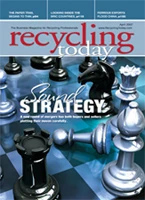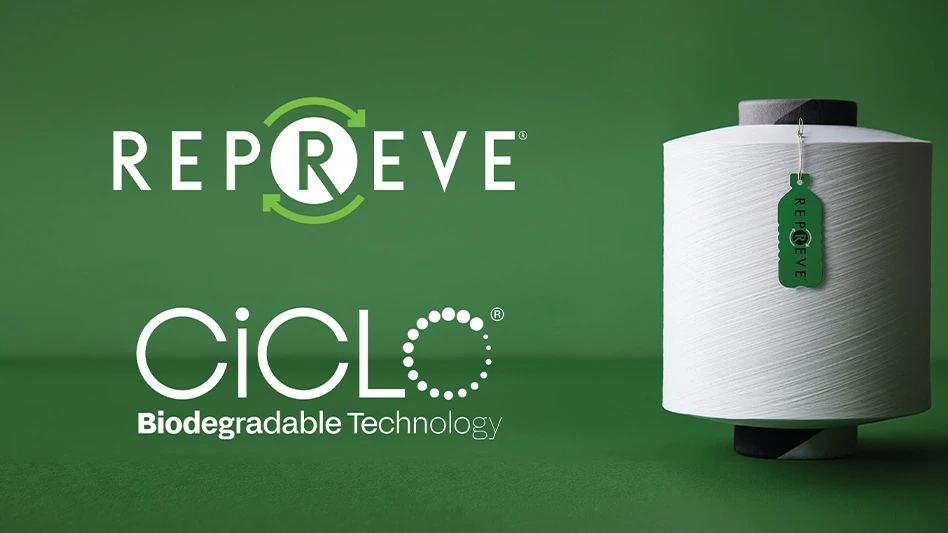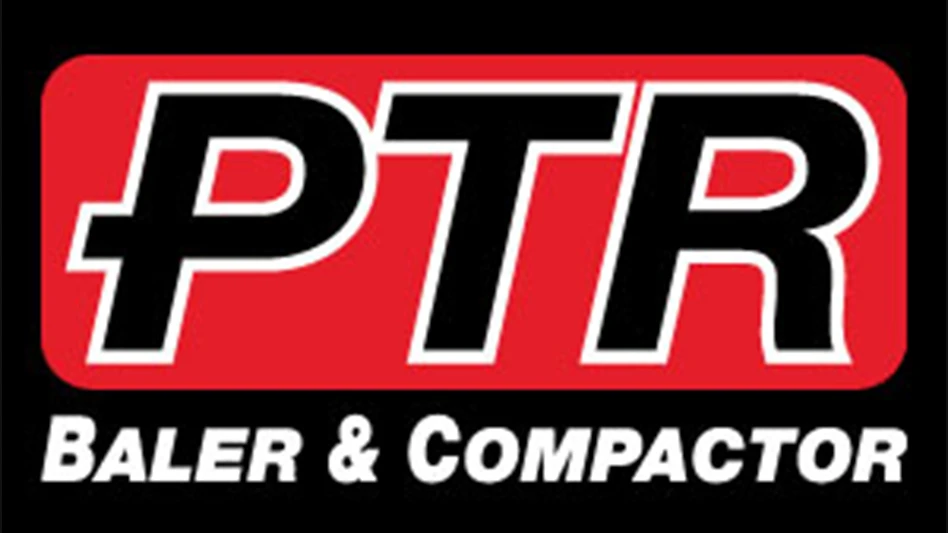City Carton Recycling Inc., Iowa City, Iowa, is celebrating its 40th year in operation and has experienced documented and significant growth since Mort and Marcy Ockenfels founded the company in 1967. It is apparent that the principal owners of City Carton Recycling, four of the Ockenfels’ sons, do not plan on slowing down anytime in the near future.
This was most recently demonstrated by the support of City Carton’s board of directors in approving and implementing equipment upgrades totaling more than $1 million at one of the company’s seven Iowa plants.
Under the direction of Northern Division Manager Chris Ockenfels (one of the four brothers, along with John, Andy and Tim, who are principals in the company) and Plant Manager Alan Schumacher, City Carton’s Cedar Rapids material recovery facility (MRF) recently underwent a major upgrade to its existing sort line.
The end result has been an increase in product quality, with a particular emphasis on an increase in the amount of old newspapers (ONP) produced at the facility.
RESEARCH AND PLANNING. Initial research for this retrofit began in March 2006 and was spurred by a consistent and continuing upward trend with regard to incoming volumes of marketable materials.
This increase in material was stimulated in part by a 1996 ban on old corrugated containers (OCC) at the Cedar Rapids/Linn County Solid Waste Agency (CRLCSWA), continuing environmental awareness and education of the public by City Carton and CRLCSWA and the addition of a public access drop-off area at the existing City Carton facility in 2004.
|
RENOVATION PROJECT |
|
The 2007 Paper Recycling Conference & Trade Show—now in its eighth year—visits Orlando June 10-12. (See "Pushing Paper," p. 222 for more detailed information.) The show features a dynamic education program with panel discussions featuring noteworthy industry representatives discussing current business and operational trends and how they affect the domestic and international secondary fiber industry. The program also features targeted breakout sessions covering important niche areas of the industry, such as transportation and pricing trends. The programming for Monday, June 11, includes an early afternoon workshop geared toward attendees who are interested in renovating their paper stock plants or MRFs. Panelists offer their tips for what to consider when embarking on a renovation project to ensure that the upgrades takes future growth into account. After the session, attendees can visit the exhibit hall to peruse the offerings from equipment and service providers to the paper recycling industry. A detailed schedule and registration information is available at www. – DeAnne Toto |
Processing increasing volumes on the existing line resulted in outcomes measuring outside the parameters and benchmarks established for optimal operation by the City Carton management team.
"The bottom line is that we are a commodity-based business," Schumacher says. "We need to focus on improving controllable efficiencies for continued growth. Upgrading the line was one of those efficiencies."
"Anyone can operate a recycling company in the short run," adds Chris, "but we are in it for the long run. Our business is based on what we know, and we know that increased efficiency will assist in long-term sustainability. Our facilities and fleet may have expanded in the past 40 years, but our values haven’t changed. Our primary focus is still on the people, the process and the product," he says.
"The Ockenfels family has taken those values and the company to the next level," Schumacher says. "We focus on both external and internal customers, including our employees; technologies that advance our process efficiencies; and providing a high quality product to our buyers."
After analyzing incoming volume trends and reviewing market trends by material type, the project team consisting of Chris, Schumacher and newly appointed CEO John Ockenfels, along with input from City Carton employees, developed anticipated outcomes and a preliminary layout for reconfiguration of the existing sort line.
A total-cost approach was used in establishing the estimated budget and capital expenditure justification. Long-term capital spending decisions such as these are evaluated on a total-cost approach because this approach allows a more adequate overall picture in projecting return on investment, according to the company.
The total-cost approach considers client needs, incoming volumes, market trends of commodities and current and ongoing contracts for the collection of marketable materials.
Using this approach, team members determined that, with some commodities, a smaller investment was needed and a manual sorting platform was the optimum choice. Other commodities required a larger investment with multiple and varied sorting stages.
PUTTING THINGS IN PLACE. Following preliminary planning, the team began a search for a company that could provide City Carton with quality fabrication, timely installation, reliable technical assistance and on-site training. After visiting similar single-stream facilities located in Quebec and logging nearly 600 miles in one day, Machinex Industries Inc. of Plessisville, Quebec, was the company the team ultimately determined would fit the bill.
"We are extremely satisfied with the Machinex team," Schumacher says, "they have not only met, but have exceeded our expectations."
"Officials with Machinex stated that they would not leave this site until the retrofit was complete and the plant was operational. They have upheld their end of the bargain," according to Chris.
Machinex planners developed a design to retrofit and reconfigure the existing line to meet the needs and budget established by the City Carton project team.
"We were able to reuse some of the components of the existing line," states City Carton President Andy Ockenfels. "This was an important factor throughout the modification process," he adds. "As a company, City Carton insists on minimizing our own environmental footprint, just as we teach others to do. In this instance, we were able to lead by example."
In addition to reconfiguring the layout of the line, the retrofit consisted of adding two separator screens, an air separator, a magnetic separator and a pre-cleaning system for glass and fiber fines. This initial retrofit, which began in September 2006, took seven calendar days to complete.
"With the assistance of our own in-house maintenance crew, Machinex worked around our schedule. By pooling this available expertise, it was business as usual as far as our clients were concerned. We are a service-oriented business and saying, ‘No,’ to our clients is not an option," Schumacher says.
In order to expedite the changeover, a third shift was added, and incoming materials were baled and stored inside and in available trailers on site.
After completion of the initial upgrades and training of City Carton staff, Machinex left them to experiment with the new line.
"It was similar to setting the governor on a carburetor," Schumacher says. "Machinex came in, adjusted the governor, let us drive for awhile and then came back and fine-tuned it based on our day-to-day observations and recommendations."
Machinex also performed sample audits which monitored volumes and throughputs per labor hour, which assisted in gauging efficiency and adjusting the process.
Fine tuning the line is an ongoing endeavor.
"We receive multiple materials from several varying sources," notes Schumacher. "The physical condition of those incoming materials is inconsistent. Constant monitoring is needed in order to adjust deck angles and modify speeds to produce a consistent flow and end product."
Sponsored Content
Redefining Wire Processing Standards
In nonferrous wire and cable processing, SWEED balances proven performance with ongoing innovation. From standard systems to tailored solutions, we focus on efficient recovery and practical design. By continually refining our equipment and introducing new technology, we quietly shape the industry—one advancement at a time.
IMPROVED EYESIGHT. More recently, an optical processing system with pattern recognition software has been added. This addition has assisted in increasing City Carton’s desired efficiencies by cleaning up fiber outputs and capturing more marketable containers, the company reports.
The technology recognizes marketable materials including plastic and chipboard, which are blown off the line and redirected to their respective conveyors.
Management and staff continue experimenting with other technologies and line improvements. Recently, City Carton has modified one of its vibrating screens and has relocated one of its magnetic separators. In addition, the team is researching technologies to capture a larger volume of the marketable fiber fines.
"Because of the increasing awareness of the public regarding identity theft, more and more residents are shredding their materials before they reach our facility. We are looking into better ways to capture those fines," says Schumacher.
In order to pursue process improvements, monitor optimal performance and justify capital outlay, City Carton uses an intricate records management system to track and monitor separation ratios, throughputs and labor hours.
"The daily activity report provides a snapshot and assists us in monitoring every activity taking place within the facility," according to Schumacher.
The current goal of the facility is to operate producing 80 percent old newspapers (ONP) output and a 20 percent mixed paper percentage. Since the initial retrofit and continued enhancements this goal has been exceeded by as much as 10 percent, with more of the valuable ONP grade being produced.
In addition to economic and environmental considerations regarding capital expenditures, social accountability and impact are also determining factors to City Carton’s management team and board of directors.
"Investments that move us towards our optimal output without sacrificing quality and customer service assist us in expanding our incoming volumes and ultimately result in increasing employment opportunities within the company," says Chris. "In addition, continued expansion assists economic development and sustainability within the community."
City Carton’s social responsibility and community contributions don’t end with capital outlay. The company also provides an on-site container to customers for collection of refundable cans and bottles and donates the redemption value of those contributions to Daybreak Rotary Club for distribution to charitable projects for needy children in the Cedar Rapids area.
As a whole, the company is one of the largest supporters of the American Cancer Society in the state of Iowa and has been working with the nonprofit group for more than 25 years. Through the company’s involvement in underwriting annual daffodil sales and managing its own summer charity golfing event (as well as other general support activities), City Carton has donated nearly $375,000 to the American Cancer Society’s children’s oncology programs.
In addition, City Carton’s Cedar Rapids MRF provides recycling pickup service free of charge to 33 area schools and administrative offices.
"This positive exposure plants the seeds that will produce future generations of environmentally responsible citizens," says Schumacher.
Continued expansion efforts such as those implemented by City Carton will ensure that those future leaders will have a company to turn to regarding their recycling and environmental needs.
The author is a freelance writer based in Iowa. She can be contacted at shelly@netins.net.
Get curated news on YOUR industry.
Enter your email to receive our newsletters.

Explore the April 2007 Issue
Check out more from this issue and find your next story to read.
Latest from Recycling Today
- Recyclers likely to feel effects of US-China trade war
- BCMRC 2025 session preview: Navigating battery recycling legislation and regulations
- Yanmar Compact Equipment North America appoints new president
- LYB publishes 2024 sustainability report
- Plum Creek Environmental acquires Custom Installation LLC
- Avis introduces Harris American Co.
- International Paper in talks to divest 5 European box plants
- Recycled PP from Polykemi, Rondo Plast used in flood protection product









